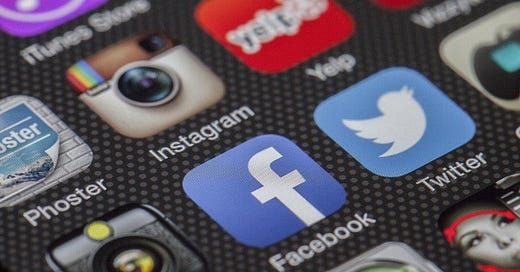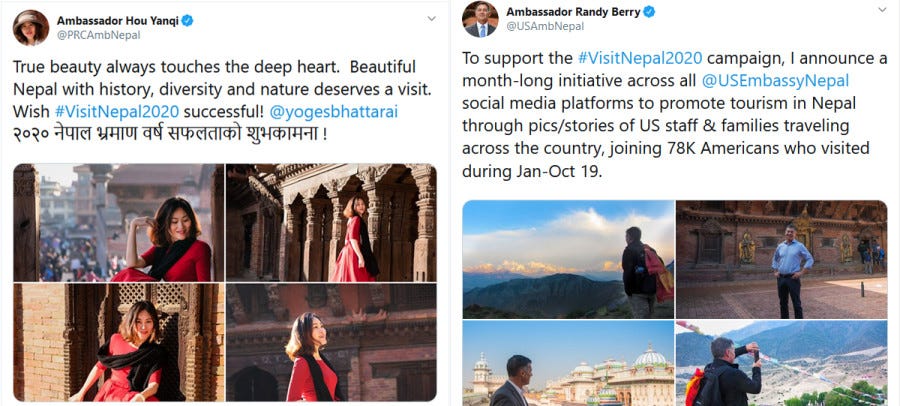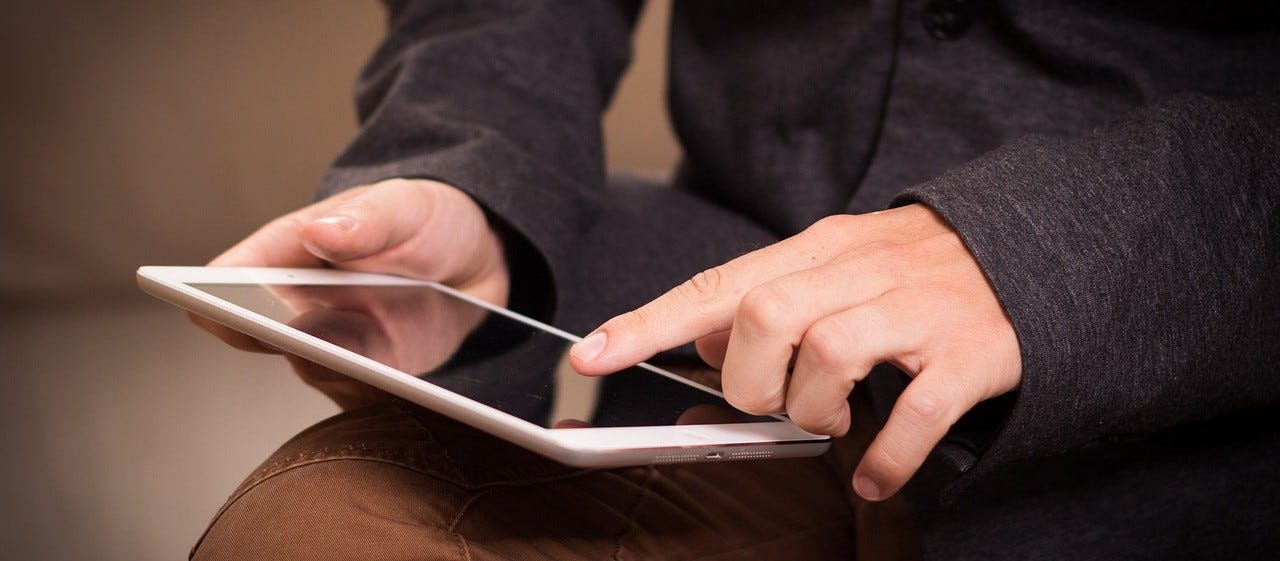Strictly Diplomatic: Diplomacy in the Age of Social Media
About a decade ago, while on a reporting assignment in Jumla, I happened to meet a senior UN official on his way to Rara Lake. Since we were staying in the same hotel, we ended up dining together, where we got engaged in a long conversation that ranged from the complexities of Nepali policies and politics to Palestine and the intricate web of conflict in the Middle East. The next morning, I was surprised when he offered me a helicopter ride to Rara, an invitation I politely turned down due to my prior commitments.
Back in those days, I remember expatriates and diplomatic mission personnel in Kathmandu mingling with the locals with ease. Occasionally, one might even chance upon them strolling around Durbar Square or Boudhanath Stupa or hiking up to the Shivapuri or Champadevi hills that surround the valley. In 2009, U.S. Ambassador Nancy Powell, Indian Ambassador Rakesh Sood, and Danish Ambassador Finn Thilsted organized a charity photo exhibition in Kathmandu.
This was a period of great instability for Nepal, with a lot at stake for Nepal and the entire South Asia region. Yet, this didn't deter diplomats from socializing and spending time with family and friends. There was a level of informality to these social interactions that the excellencies and the expatriates indulged in. Their informal social interactions fostered genuine human connections, strengthening cultural and civilizational bonds.
And then came the age of social media!
Manicured Reality
Diplomatic missions around the world are now increasingly engaged in conversations with various sectors of their host societies, conversations that further extend into the virtual realm of social media. Activities such as cultural showcases, food and music festivals, and literary events have also become integral to public diplomacy. However, a closer examination reveals that these events, conversations, and activities are meticulously curated and packaged for social media consumption.
To the casual observer, this shift may seem as natural as domestic interactions where siblings might text each other or send emojis instead of sharing a laugh. But for researchers and observers of geopolitics, these changes are far more intriguing. For instance, recently, at a small dinner gathering, I cracked a harmless joke about one of our senior politicians. While my Nepali friends were quick to join in the laughter, a member of a diplomatic mission at the table seemed noticeably uncomfortable. In the age of social media, his fear of an unnecessary scandal is understandable. But it led me to reflect on the concept of informal gatherings where we are constrained in our conversations. Even invoking the Chatham House rules no longer ensures a free-flowing conversation.
For someone deeply invested in understanding public diplomacy, I see this as an unfortunate consequence of how social media has infringed on an essential and effective diplomatic tool. The effects are particularly troubling for countries like Nepal, which lacks strong diplomatic influence internationally but relies on its ambassadors from various social and professional sectors to influence foreign governments and their representatives both within the country and abroad.
A particular incident during the final years of Nepal's constitution drafting comes to mind. A few Madhesi leaders met with Bihar's powerful opposition leader, Lalu Prasad Yadav. These agitating leaders, convinced that the champion of 'Backward Castes' in India would be sympathetic to the cause of the Madhesis in Nepal, who largely consist of similar caste groups, traveled to Patna to meet Yadav. Historically, it is not uncommon for agitating groups from countries in South Asia to seek political solidarity from like-minded groups in the neighborhood. The Indian National Congress enjoyed the solidarity of the Nepali Congress during their movement against colonial Britain, while the NC benefited from Nehru's support during their anti-Rana movement. For many decades, Sri Lanka's Tamil movement found deep sympathy within the political class of Tamil Nadu.
These relationships, built beyond formal diplomatic channels, are often nurtured through informal exchanges between people from various backgrounds. Unfortunately, photographs and video clips of the Madhesi leaders' meeting were circulated and trivialized on social media, stripped of historical context and significance. This provoked a backlash against the visitors and embroiled the Indian mission in Kathmandu in controversy.
Similar issues arise when members of Kathmandu's diplomatic missions attend cultural events organized by Tibetan refugees, a practice in line with international norms common across free societies globally. Despite the delegates' home countries adhering to a 'one-China' policy, social media pundits often trivialize such incidents, underscoring how the digital age can distort and oversimplify complex diplomatic interactions.
It’s Strictly Diplomatic!
My point in all of this is that social media often serves raw and undefined 'news' to the general public, who may lack the contextual or historical understanding needed to make sense of the information. And traditional diplomatic tools, such as track-two diplomacy and public diplomacy, seem increasingly vulnerable to this pervasive nature of modern social media.
The effects are already noticeable in how members of the diplomatic community now interact with both government and non-government entities. There is a greater degree of formality even in supposedly informal conversations and engagements, draining the human element essential for trust and empathy. Conversations have become mechanical, gestures lack genuine warmth, and an unstated rule looms large: it's strictly diplomatic. This shift underscores the complex impact of social media on the nuanced practice of diplomacy.








